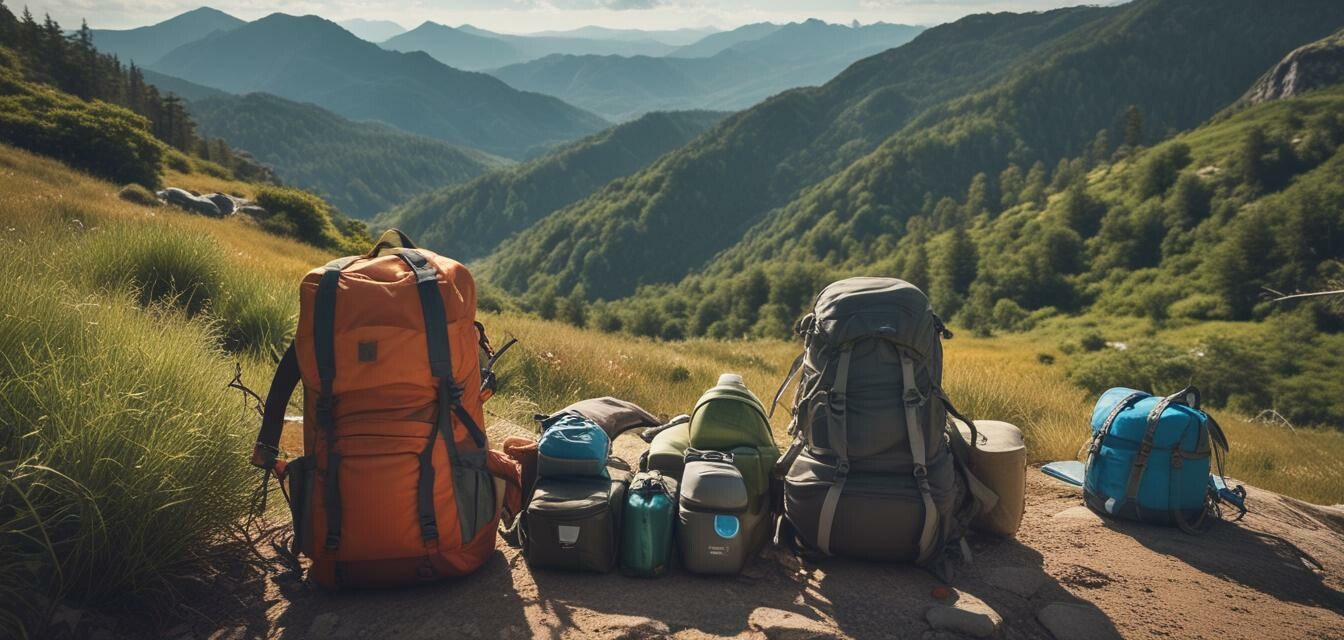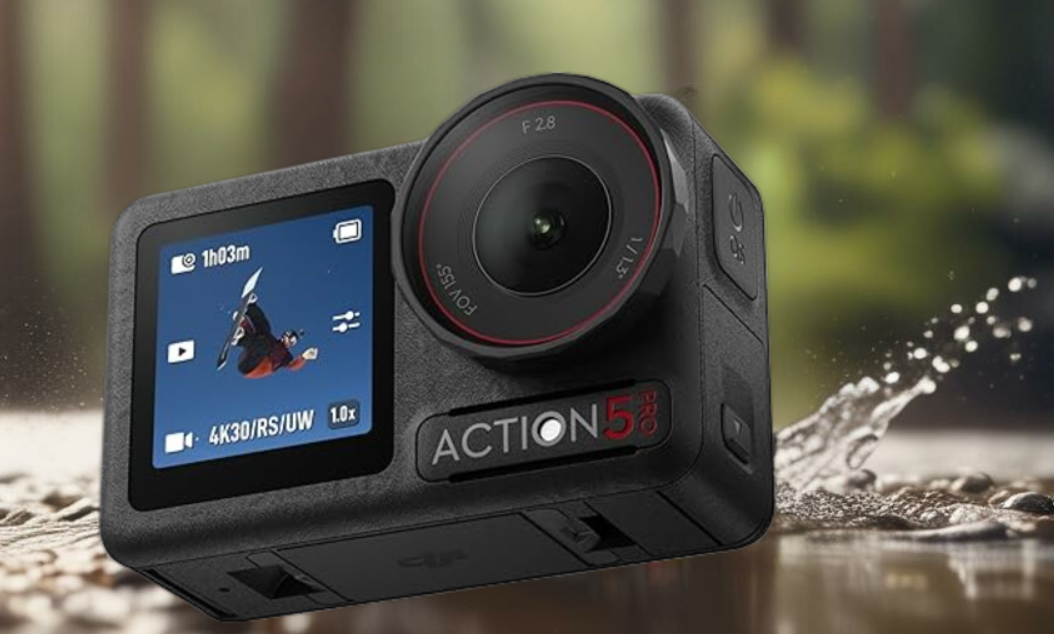
As an Amazon Associate, I earn from any qualifying purchases, at No Extra Cost to You.
How to Pack Efficiently for a Backpacking Trip
Key Takeaways
- Prioritize essential gear.
- Utilize packing techniques like layering and compression.
- Balance weight and accessibility within your pack.
- Regularly review your gear before the trip for efficiency.
Packing efficiently for a backpacking trip is crucial for your comfort, safety, and overall experience on the trail. Mastering the art of packing will enable you to carry everything you need while minimizing weight and maximizing space in your backpack. This guide will offer practical tips and techniques to ensure you are well-prepared for your next adventure.
Understanding Your Backpack
Before diving into packing methods, it’s essential to understand the different components of your backpack:
- Main compartment: This is where the majority of your gear will go.
- Side pockets: Perfect for storing water bottles or items you need quick access to.
- Hip belt pockets: Great for snacks, maps, or items you want on hand.
- Top lid: Can provide extra storage for lightweight items like clothing.
Essential Gear for Backpacking
Before packing, make sure you have the following essential gear (for a detailed list, visit our Backpacks section). Here’s a breakdown of your essential items:
| Item | Purpose |
|---|---|
| Backpack | To carry all your gear |
| Tent | To provide shelter |
| Sleeping bag | To stay warm at night |
| Cooking gear | To prepare meals |
| Clothing | To stay comfortable |
Packing Methods to Maximize Space
Here are some effective packing methods that will help you organize your backpack for efficiency:
Layering
Begin with heavy items at the bottom, such as:
- Tent and poles
- Sleeping bag
- Cooking gear
Then, add medium-weight items such as clothing and food, ensuring that the lightest items are on top:
Compression Bags
Use compression bags for sleeping bags and clothing. This technique will save space and make your backpack more compact.
Packing Cubes
Consider using packing cubes to organize and group similar items. This allows for easier access to your gear during your hike.
Weight Distribution
Maintaining balance and stability in your backpack is critical. Here’s how to achieve optimal weight distribution:
- Place heavy items close to your back and centered. This will help with balance.
- Put medium-weight items above heavy gear to lower the center of gravity.
- Keep lighter items in the outer compartments for easy accessibility.
Review Before You Go
Before heading out, take a moment to review your packed items:
- Did you pack everything on your checklist?
- Is everything easily accessible?
- Have you minimized weight as much as possible?
Final Thoughts
Packing efficiently for a backpacking trip is a combination of preparation and technique. Be mindful of what essentials you pack and how you organize your gear. For more tips on gear selection and maintenance, explore our Buying Guides section, which provides valuable insights for any backpacker.
Pros
- Efficient packing saves energy on the trail.
- Having all essentials readily available improves the overall experience.
- Better weight distribution helps prevent injury.
Cons
- Overpacking can lead to extra weight.
- Improper organization can make finding gear difficult.
Expand Your Backpacking Knowledge
For more insights, tips, and gear recommendations, consider browsing our Backpacking News and Backpacking Trends sections. Staying informed will enhance your backpacking expertise and experience.
